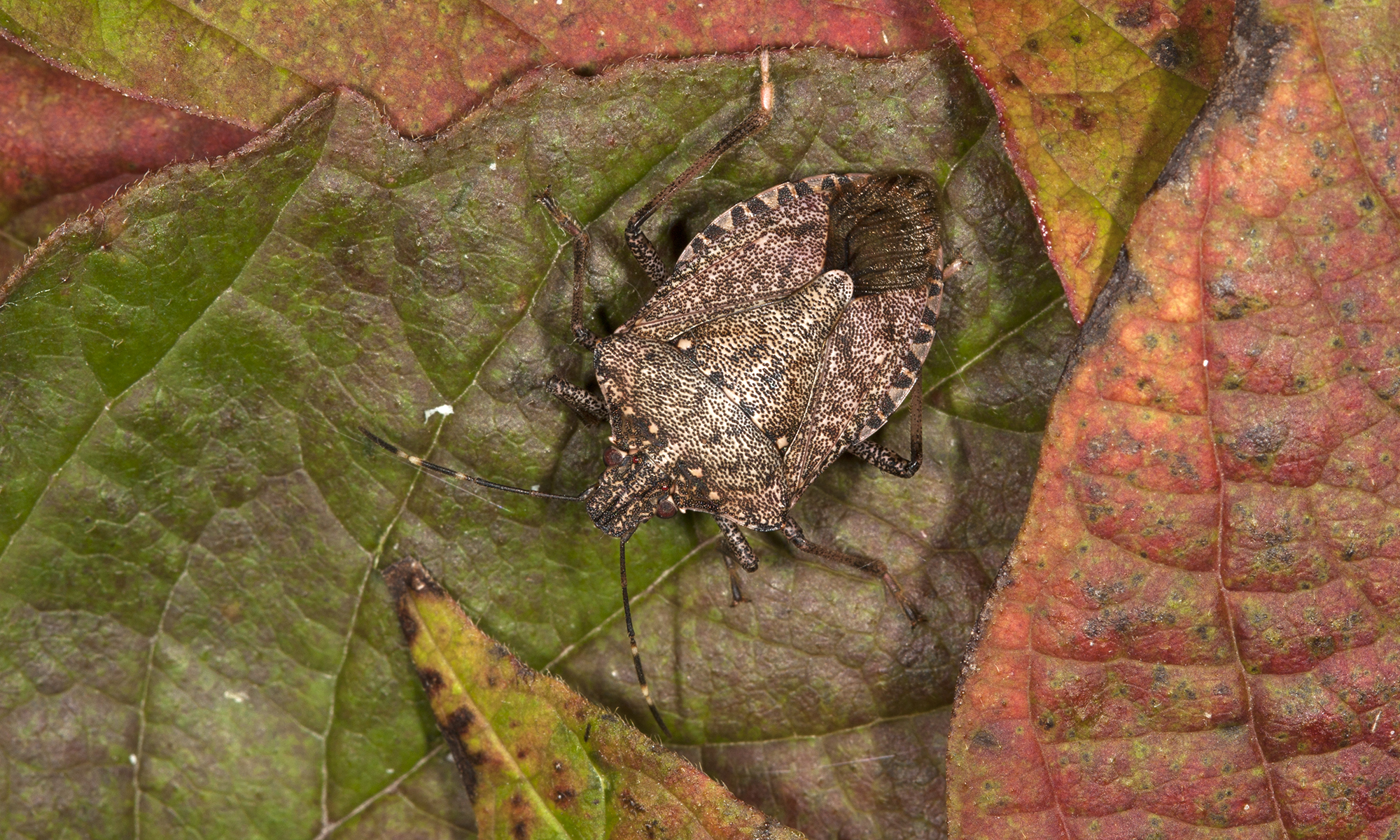What is the Cooperative Agriculture Pest Survey (CAPS)?
From the CAPS Program Guidebook…
“The CAPS program began in 1982. Historically, CAPS has been a combined effort by Federal and State agricultural organizations to collect and manage data on plant pests, weeds, and biological control agents. Survey targets have included weeds, nematodes, plant diseases, insects, snails, and other invertebrates. The U.S. Department of Agriculture, Animal and Plant Health Inspection Service, Plant Protection and Quarantine (USDA-APHIS-PPQ) has provided national and regional coordination and funding to supplement and enhance State pest survey and detection programs. State plant regulatory agencies are charged with a plant pest prevention mission to protect their State’s agriculture and environment from the damaging effects of plant pests. State plant regulatory agencies, as part of their operations, interface with USDA-APHIS-PPQ, to form a State/Federal partnership in many cooperative plant pest prevention and control programs. In addition to cooperating with USDA-APHIS-PPQ on pests of national importance, State plant regulatory agencies are responsible for conducting plant and plant product inspection and certification programs for commodities such as nursery stock and other State regulated agricultural articles. State plant pest regulatory agencies make plant pest observations and conduct State supported surveys as part of their responsibilities.
The information collected by States during these surveys enhances the functionality of the CAPS program. Multi-governmental agency and multi-disciplinary involvement have been achieved through State, regional, and national committees, and through State, regional, or national projects. In the past, many participants in this program were interested in monitoring endemic plant pests to determine first-of-season occurrences, economically important plant pest population levels, and other pest-related phenomena. Components of the program have included (1) survey and detection activities in the field and the laboratory; (2) State level databases; (3) the national database-National Agricultural Pest Information System (NAPIS); (4) electronic information exchange through list servers, email, and other networks; and (5) interpersonal and inter-institutional networking.
In 1992, the CAPS program was redirected due to limited resources. The redirection emphasized a refined set of realistic and achievable goals in the areas of exotic plant pest and weed detection, pest range documentation, and data collection and management.”
Goals of the CAPS Program
Goal I: Early detection of exotic plant pests and weeds
CAPS cooperators will conduct directed detection surveys based on pest risk assessments for organisms that demonstrate a high risk of entering the United States and may have a high probability of becoming established and reaching significant pest status. Early pest detection is an important element of the safeguarding system to protect the Nation’s agriculture, environment, natural resources, and economic well being from unintentional pest introductions as well as from bioterrorist attacks. It also serves as a component of the homeland security initiative. The program will ensure that an early detection of an exotic plant pest or weed results in rapid and appropriate actions. Components of an early detection program encompass such areas as analysis of interception data, taxonomic support, pest information, pest risk assessments, pathway analyses, offshore pest information, and risk mapping and guidelines for reporting new detections.
Goal ll: Maintain a pest information database to support the cooperative management of PPQ program pests and biological control programs
The program will enhance agricultural plant pest data collection and analysis to support the cooperative management of PPQ program pests, weeds, and biological control agents using the NAPIS.
Goal lll: Provide timely and accurate plant pest and weed distribution data to support export of U.S. agricultural products
The CAPS Program will provide plant pest distribution data (presence/absence) to county level resolution. This data will support the development and/or expansion of specific export markets where export of agricultural products has been or may be impaired because of inadequate or inaccurate plant pest occurrence data (such as lack of demonstrated pest free zones).
Goal IV: Enhance CAPS communications network
CAPS, by its title, is a cooperative program requiring coordination and communication between many Federal, regional, State, county, and private entities. Through the use of expanded cooperative agreements with various entities, CAPS will expand the communications network and scope of survey activities. The expanded scope will address unintentional pest introductions and bioterrorist threats. The individuals hired to fill PPQ’s newly created Pest Survey Specialists (PSS) positions, working with the State Survey Coordinators (SSC’s) and State CAPS Committees (SCC’s), will facilitate survey coordination and enhance communication.
